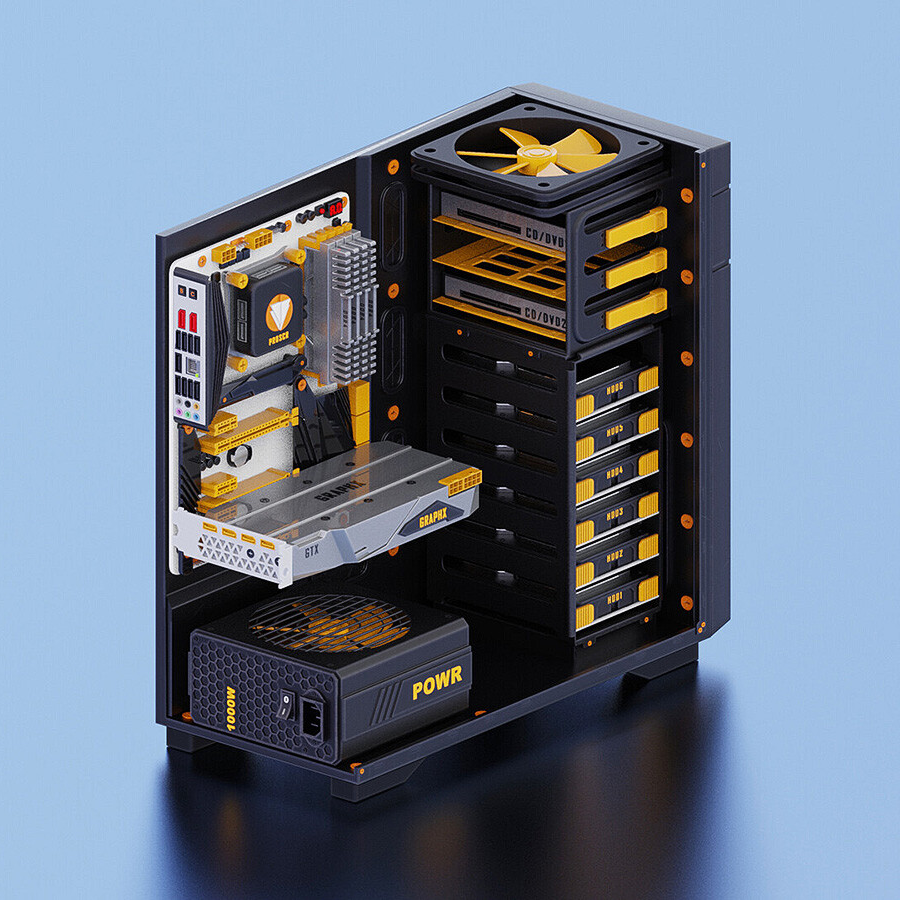Greetings Lemmings! I’m looking to build a top tier PC for gaming and software development. It’s been over 10 years since my last PC build so I’m a bit out of the loop. How does this build look?
I have a few specific questions on this build:
- Is the motherboard I picked underpowered for my CPU/GPU? I looked at pricier models but they don’t seem to offer any tangible benefits I can see over the ASUS ROG STRIX B650E-F
- Is it true that RAM faster than DDR5 6000 is a waste for Ryzen 7000 series CPUs?
- Can I daisy chain as many ARGB fans as I want on to one ARGB header? I’d like to add more case fans, but that motherboard only has one ARGB header.
- Is the motherboard’s built-in M.2 heat sink good enough for the Crucial T700 SSD, or should I get the version with a beefier heat sink?
I appreciate any insights you all have!
Late to the party but I’ll try to answer some of your questions.
-
I’d avoid Asus motherboards for AMD especially since you are looking at an X3D chip. there have been cases of CPUs frying on them. As for your direct question, on AMD the difference in chipsets isn’t very big, it usually amounts to more connectors. You can still overclock on both chipsets. AMD chipsets that end in a E indicate that they have PCIe get 5 capabilities.
-
While you can go higher than 6000MHz, 6000MHz is the sweetspot for AMD see Igor’s lab article on this
-
I have no experience in this, so I can’t help you
-
Onboard heatsink should fine. Speaking of SSDs, you are definitely paying a premium for it since a high-end gen 4 one is a lot cheaper.
Bonus. With such a high-end CPU, I’d consider going with a beefier cooler. I recently built a system with a Ryzen 7900x and a noctua D15. And I am amazed how easily it reaches the thermal limit of 95° celcius in stress tests. I ended up enabling 105w ecomode and while I’m losing 5 percent in performance, I’m also dropping at least 50w in peak power consumption.
-

